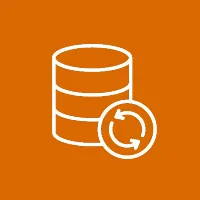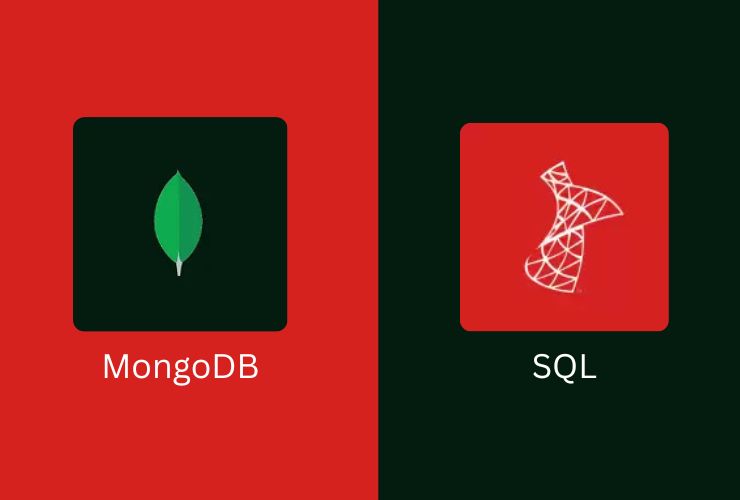In today’s world driven by data, organizations create enormous amounts of data every second, from social media interactions, to e-commerce transactions, to the streaming of IoT devices. Thus, efficiently managing, storing, and analyzing this big data is critical to gain actionable insights, strengthen decision-making, and remain competitive.
MongoDB, a top NoSQL database, has surfaced as a powerful choice for handling big data and analytics, providing massive, scalable, flexible, high performance. Its document storage, real-time processing, and strong integration with analytics tools make it an excellent choice for today’s corporate environment.
The Benefits of Using MongoDB for Big Data and Analytics
1. Flexible Schema Design
Unlike traditional relational databases, MongoDB uses a document oriented model, making it possible for developers to store data in documents that are similar to JSON. This model provides capabilities to manage changing data structures, semi-structured data, and differing data types without help from migrations.
- Example: E-commerce can store product details, customer behavior, and transaction data in a single document structure.
- Advanced Tip: Use embedded documents for related data or references for larger datasets to improve your queries.
2. Horizontal Scalability
MongoDB allows sharding, or the ability to distribute large datasets over multiple servers in order to provide a consistent experience for users as data is accumulated decision. Horizontal scalability is an extremely helpful feature for applications that manage millions of transactions or interactions per day.
- Example: Social media can handle tracking millions of posts, comments, and likes, through the sharding of data over different groups of servers.
- Advanced Tip: Choose shard keys wisely based on known query patterns to ensure that the data is distributed evenly across the cluster of servers to avoid hot spots.
3. High-Performance Analytics
MongoDB can keep data processing fast and effective, in real time, with powerful aggregation framework and indexing capabilities. Businesses can affect complex queries and follow filtering, grouping, and analytics in ways that keep MongoDB very applicable for business intelligence reporting and advanced analytics workflows.
- Tip: Use compound indexes and aggregation pipelines to lead toward better performance across large datasets.
- Example: Retailers can analyze sales trends, identify customer segments, and measure promotional effectiveness in real time
4. Real Time Data Processing
MongoDB offers high-throughput reads and writes, to allow for operational, customer ad transaction monitoring to happen in real time.
- Example: A financial institution can use MongoDB streams and analytics pipelines to detect patterns of fraud in real time.
- Advanced Tip: Build MongoDB Change Streams into your underpinning of your architecture, compatible with message queuing and systems like Kafka, to trigger alerts, real time monitoring and operational tasks.
5. Integration with Big Data Ecosystem
Seamlessly connected to numerous tools (such as Apache Spark, Hadoop, and BI tools), MongoDB allows data scientists and analysts to process structured or unstructured data.
- Tip: Use the connectors with MongoDB to provide machine learning and predictive analytics capabilities on big data.
- Example: Healthcare organizations can consolidate patient records with AI-driven diagnostic models for predictive use.
6. Cost-Effective Cloud Deployment
MongoDB Atlas, a fully managed cloud version of MongoDB, offers automatic scaling, backups, monitoring, and high availability that makes managing big data workloads very easy.
- Example: Start-ups can spin up large-scale databases in the cloud without major upfront investment for on-premises.
- Tip: Take advantage of Atlas’s global clusters to deliver low latency for users all over the world.
Applications of MongoDB for Big Data Analytics
- E-Commerce: Investigate consumer buying habits, manage stock, anticipate trends, and generate personalized recommendations.
- Healthcare: Handle patient histories, lab results, and medical images for research, diagnostics, and operational efficiency.
- Finance: Identify fraudulent behavior in real time, evaluate risk, analyze investment portfolios, and understand customer behavior.
- IoT or Smart Devices: Handle large streaming of data from sensors for predictive maintenance, monitoring devices, and operational analytics.
- Social Media or Marketing Analytics: Monitor user engagement, sentiment, and marketing campaign performance in real time.
Advanced Approaches to Using MongoDB in the Analytics Space
- Data Lake Integration: Integrate MongoDB with a data lake for ingestion of historical or unstructured data that can improve analytics.
- Machine Learning Pipelines: Use MongoDB with ML frameworks to create predictive models from large datasets.
- Event-Driven Analytics: Use MongoDB Change Streams to develop real-time event processing for analytics.
- Custom Dashboards: Integrate with business intelligence platforms like Tableau, Power BI, or Looker for custom dashboards, reports, and visualizations.
Conclusion
MongoDB has proven to be a robust, scalable, and flexible solution for big data and analytics. Its document-based architecture, aggregation capabilities, real-time processing, and cloud deployment options make it ideal for organizations looking to derive actionable insights from massive volumes of data.
By leveraging MongoDB, businesses can analyze trends, monitor performance in real time, personalize customer experiences, and drive strategic decisions. Whether deployed on-premises or in the cloud, MongoDB enables organizations to harness the full potential of big data, fostering innovation, efficiency, and competitive advantage in today’s fast-paced digital landscape.










